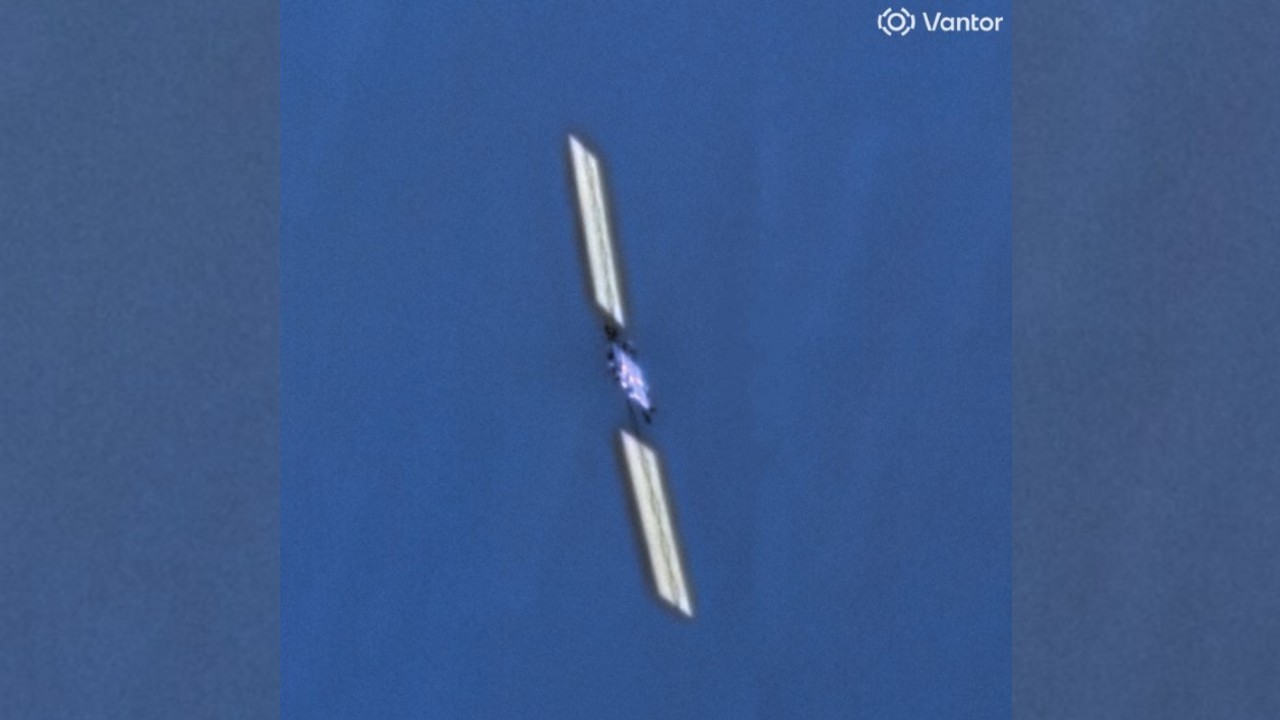Marsquakes: Red Planet May Still Rumble

Mars used to be a mover and a shaker. Scientists don't know if it still entertains seismic activity, however. No mission has ever been equipped to properly measure any rattling that might still occur.
Now a study comparing images of intriguing pits on Mars to similar features on Earth suggests the red planet indeed still rumbles.
"It's likely that there may be marsquakes today, but seismic monitoring will be required to know for sure," said study leader David Ferrill of the Southwest Research Institute in San Antonio, Texas. "Until then, it's just scientific speculation."
Most of the marsquakes, if they do still occur, are likely relatively minor, the sort of thing that wouldn't rattle a shelf or a nerve in San Francisco. But scientists are interested in learning more about the geological activity of Mars, both for the sake of science and for anyone who might go there.
"With NASA striving to take humans back to the Moon and onto Mars and beyond, understanding the geologic activity of the planet can aid in future mission planning," Ferrill says.
The evidence
Ferrill and colleagues at the University of Texas examined images from Mars-orbiting satellites that show strings of depressions -- pits all in a row. Scientists had thought the pit chains, as they are called, might be collapsed lava tubes or sinkholes created when the surface collapses into underground tunnels carved by water.
Breaking space news, the latest updates on rocket launches, skywatching events and more!
There are similar pit chains in Iceland, however, that formed along a fault that began shifting in 1975. Aerial photographs in the decades since detail the pits' collapse and, importantly, how erosion and weathering began to erase them, Ferrill explained.
A certain type of faulting "produces large void space in the subsurface," Ferrill told SPACE.com. "Over time, the overlying surface material can collapse to create the pit chains."
Using the terrestrial observations, along with lab work and mathematical modeling that took into account the different gravity of the two planets, Ferrill's team found that the pit chains in Iceland and on Mars likely formed by the same process.
"The general shape of faults is similar on both planets, however the lower Martian gravity produces steeper fault segments that extend down deeper into the crust than they do on Earth," he said. "This allows for a larger void space near the surface into which loose surface material can collapse."
It is not possible to know exactly how old the pit chains on Mars are. But their relatively pristine condition -- the lack of any sediment at the bottom -- suggests they formed recently and may still be developing, supporting some theorists who think Mars is not yet tectonically dead.
Everything shakes
Most of the major quakes on Earth occur where any two of about a dozen major chunks of the planet's crust converge. These tectonic plates, as they are called, essentially float at the surface of the planet, in the thin regions known as the crust, and shift continually. Along the Western United States, an oceanic plate dives under a continental plate, building mountains, fueling volcanoes and triggering earthquakes along such faults as the San Andreas.
"Although tectonically different from Earth, we see extensive evidence of faulting on Mars," Ferrill said. "That means that when the planet was more tectonically active, faulting could have produced marsquakes similar to the earthquakes here on Earth."
On Mars today, there do not appear to be any obviously disconnected surface plates. But scientists don't know exactly how Mars is constructed. Like Earth, it has a core that is mostly iron and, according to a study in 2003, at least partly molten. That suggests the red planet has not fully cooled following its formation about 4.5 billion years ago, researchers say.
Volcanoes on Mars appear to be dormant, but scientists aren't sure about that, either.
Theorists expect the gradual cooling of Mars would have slowed tectonic activity over the past 3.5 billion years. Yet some think there could still be dozens of temblors a year with a magnitude of 3.5 or greater.
And why not? Even our Moon, which outwardly appears as dead as Mars, still rattles a little.
"Because Mars is similar to the Earth and the Moon, both of which have seismic events, it is likely that Mars experiences marsquakes as well," Ferrill said.
The research is detailed recently in GSA Today, a journal of the Geological Society of America.
- The 10 Best Mars Images Ever
- Mars today: Artist's Renderings
- Mars in the Past: Artist's Renderings

Rob has been producing internet content since the mid-1990s. He was a writer, editor and Director of Site Operations at Space.com starting in 1999. He served as Managing Editor of LiveScience since its launch in 2004. He then oversaw news operations for the Space.com's then-parent company TechMediaNetwork's growing suite of technology, science and business news sites. Prior to joining the company, Rob was an editor at The Star-Ledger in New Jersey. He has a journalism degree from Humboldt State University in California, is an author and also writes for Medium.
